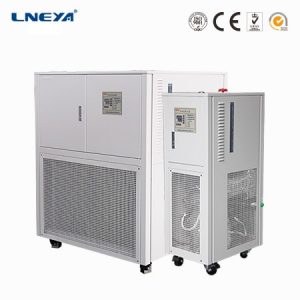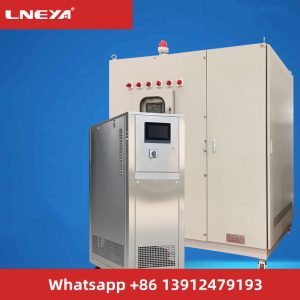Titanium reactor temperature control in daily chemical, pharmaceutical and chemical industries

The advantages and trends of titanium reactors in the daily chemical and pharmaceutical industries, titanium reactors will play a huge advantage in the future. Reaction equipment used to complete processes such as sulfonation, nitration, hydrogenation, alkylation, polymerization, condensation, and many other processes of organic dyes and intermediates. It has excellent properties such as super corrosion resistance, non-magnetic, high temperature resistance, pressure resistance, and bio-affinity.
The titanium reactor needs special attention during operation, otherwise it is prone to damage and causes unnecessary production stoppage. The chemical industry uses a large number of titanium reactors. Due to the corrosiveness of the medium, the hot and cold reaction conditions, transportation, use, and human-made problems, the enamel layer is easily damaged and affects the entire production. If a large area falls off, it needs to be returned to the factory for a new one. enamel.
The temperature of the reaction body in the kettle should be cooled at 110 degrees, and the temperature difference between the temperature medium and the reactor should not exceed 90 degrees to avoid cold shock damage to the equipment. This requires the use of high-precision temperature control equipment. Our LNEYA heating and cooling circulators are suitable for temperature control of most reactors.
The structure of the reactor is basically the same. In addition to the reactor body, there are transmission devices, stirring and heating (or cooling) devices, etc. Thus, the reaction temperature can be uniformly controlled. The temperature control of the reactor depends on the temperature change of the heat transfer oil in the jacket of the reactor to control the temperature in the reactor.
The heating, cooling, and temperature control systems of the reactor are sealed, no oil mist is produced at high temperature, and no water vapor is absorbed at low temperature. It is a heat transfer medium that can control the temperature of -100-200 degrees and the cooling capacity of 1kW-80kW in the same machine.
Closed liquid circulation system with expansion vessel. The expansion vessel is insulated from the liquid circulation and is only connected to the machinery and does not participate in the liquid circulation. Regardless of the temperature in the liquid circuit, the medium in the expansion vessel is below 60°C.
The working principle of our LNEYA dynamic temperature control system SUNDI series equipment is like this, and it is the best choice in the reaction vessel temperature control system in the industry.
Related recommendations
-
How to choose the lubricant for the injection molding machine?
1347The injection molding machine cooling system lubricating oil needs to pay attention to the type of compressor when selecting. The compressor has three types: piston type, screw type and centrifugal type. The first two kinds of lubricating oil are ...
View details -
Refrigeration and heating temperature control system for aerospace vacuum heat sink testing
806The application of refrigeration and heating temperature control system in aerospace vacuum environment heat sink testing is very critical. Such equipment is usually used to simulate thermal performance tests under extreme temperature cond...
View details -
What Are the Differences Between Low Temperature Test Chamber and Refrigeration?
1220The low temperature test chamber, you can see by its name, probably means to do cryogenic test. It is more important in our refrigeration equipment. The small series of low temperature test chamber tells you that the refrigeration of low temperatu...
View details -
How to avoid operational errors in fluid heat transfer temperature control systems?
969During the operation of the fluid heat transfer temperature control system, if the fluid heat transfer temperature control system fails, the main reason is the operation error. So how do we avoid mistakes. 1. The operation of the fluid heat trans...
View details
 LNEYA Industrial Chillers Manufacturer Supplier
LNEYA Industrial Chillers Manufacturer Supplier












